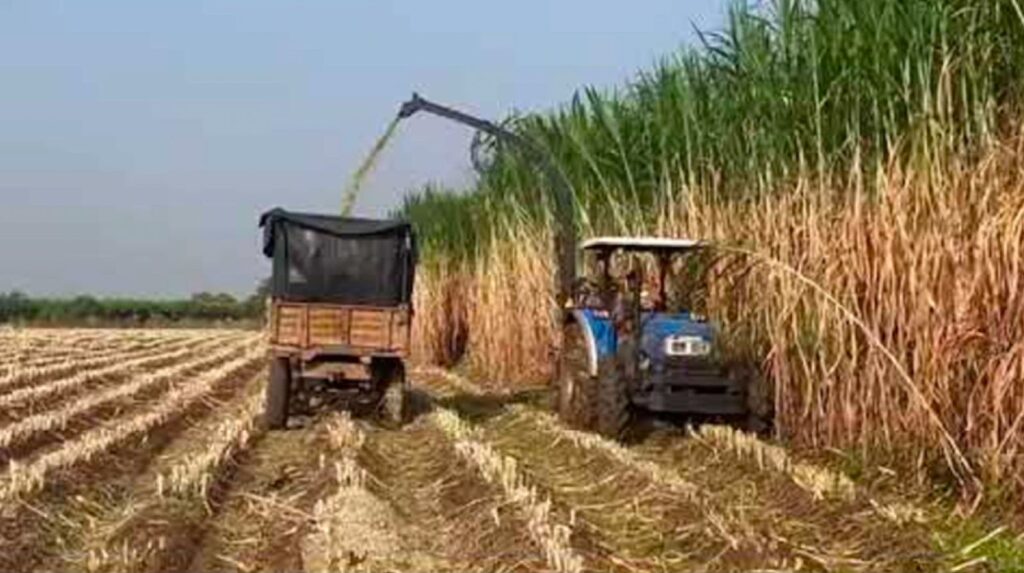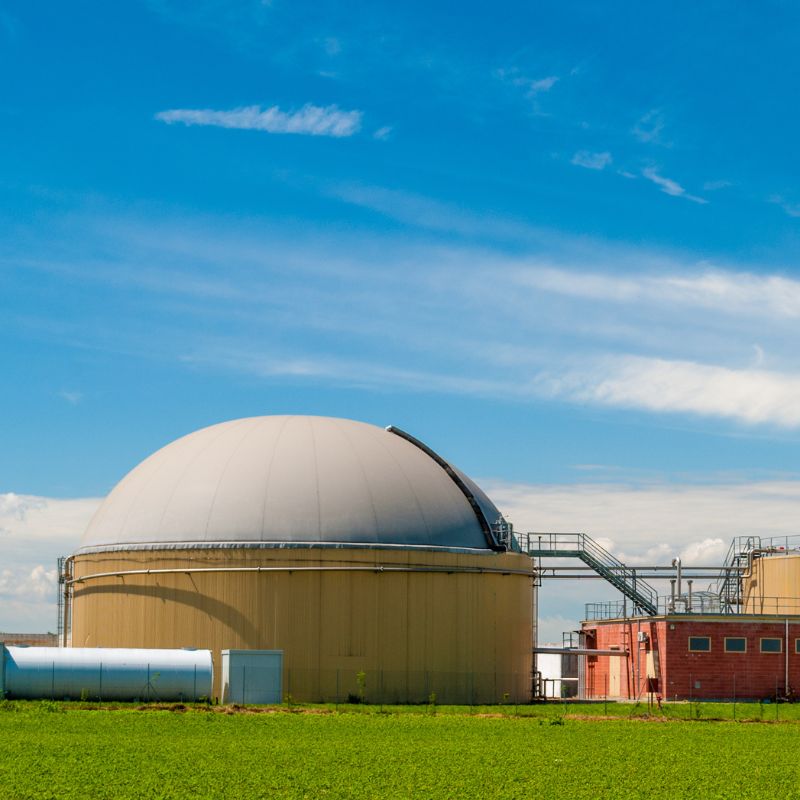
Biome Energy Group pioneers sustainable energy solutions through innovative Napier Grass-based Bio-CNG plants. Harnessing the high biomass yield of Napier Grass, we produce clean, renewable Bio-CNG that helps reduce dependence on fossil fuels. Our eco-friendly technology not only supports a circular economy but also empowers farmers by offering them an additional income source.
Designed for efficiency and scalability, our plants are ideal for rural and semi-urban areas, contributing to energy security, environmental conservation, and rural development. Join us in transforming green energy potential into a powerful reality with Napier Grass – nature’s gift for a sustainable future.
Young Napier grass yields little biogas due to its high moisture content, while older Napier grass also produces less biogas because of its higher lignin content. For farmers, selling young, green Napier grass is often more feasible since it is juicy and contains more water, which, in effect, means they are selling water to biogas plant owners. Although the young 50-day Napier grass is inexpensive, it generates about half the amount of biogas compared to the older, 100-day Napier grass.
In between the young green Napier grass and the older brown Napier straw, there is a stage of greenish-yellow Napier grass. The optimal solid content for biogas production lies between 18% in the young grass and 80% in the older grass, with an ideal range of 27-35% solid content. The best time to harvest Napier grass is when it is in this greenish-yellow to yellowish-green stage, typically between 100-120 days of growth. However, it’s important not to wait until the grass turns brown.
For better biogas production, it is recommended to store the Napier grass as silage before feeding it into the biogas plant. These recommendations are not just specific to our technology, but apply universally across different biogas systems.

(1) Fresh Napier grass contains a lot of air, which causes it to float in reactors. This not only makes it difficult to mix, but also presents a risk, as floating grass can damage the reactor roof and clog gas pipes. Silage process, where the grass is pressed by vehicles like tractors, helps remove the air.
(2) During the silage process, acidification and hydrolysis begin, which increases biogas yields by 5-10%. The grass undergoes pre-fermentation with lactic acid bacteria, and the minimum silaging period is 35 days.
(3) Silage storage is also essential during rainy seasons when harvesting is not possible. Reactors must be consistently fed, regardless of weather conditions.
The High-Load Reactor (HLR) is the most efficient biogas technology for processing Napier grass. It is three times smaller and more cost-effective than the traditional CSTR reactor. A single HLR reactor (4000-5000 m³) is sufficient for a 2.3 MW electric power or 10 tpd bioCNG plant. Additionally, the HLR is more reliable and consumes less electricity for its own operation than the CSTR. Biome Biogas has implemented the world’s largest HLR project, generating 26 MW electric power or 110 tpd bioCNG, using sorghum and maize. This technology is equally suitable for Napier grass or sugar cane.
The smallest HLR model available offers 1.2 MW or 5 tpd bioCNG. While smaller plants (500 kW or 2 tpd bioCNG) are technically possible, they are not considered viable. For a 500 kW or 2300 kW power plant, a single reactor is still required.
For a 2.3 MW electric power plant or 10 tpd bioCNG, around 120 tonnes of Napier grass with 33% total solids are needed per day. With 27% solids, this increases to 146 tonnes per day. To supply this, approximately 500 acres of agricultural land are needed to grow enough Napier grass for a 10 tpd bioCNG plant.
Biome Biogas is committed to promoting sustainable energy and infrastructure solutions, helping clients harness the power of biogas while contributing to environmental conservation.
From planning to execution, they deliver quality infrastructure solutions that adhere to the highest standards.
© 2024 All rights reserved | Powered by CDA